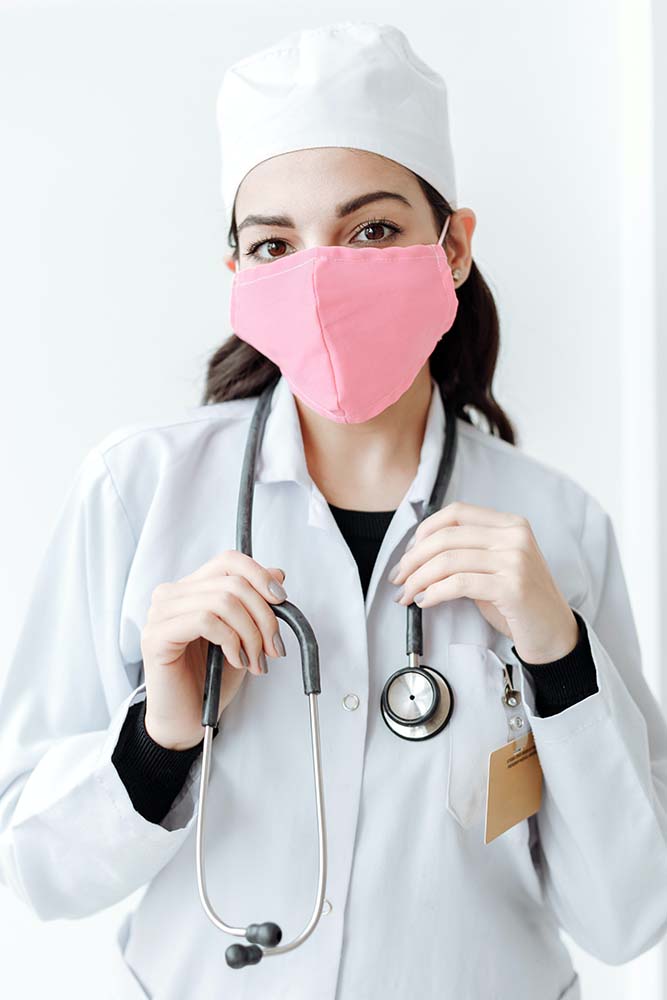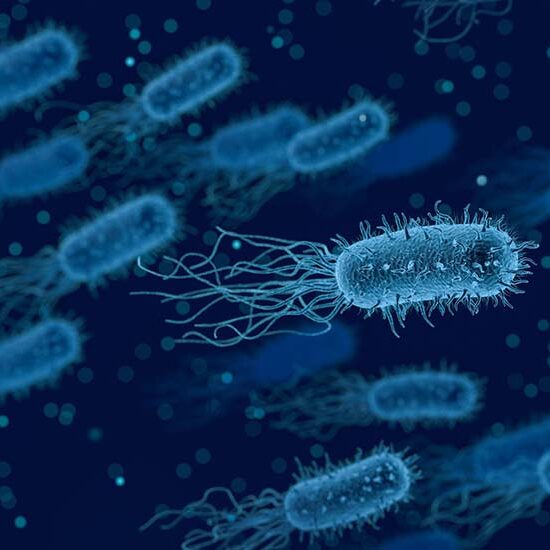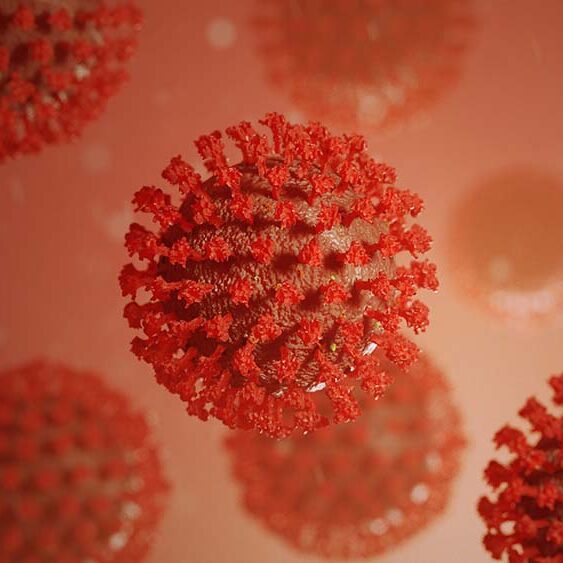
Effective pathogen elimination
The importance of occupant confidence
While using disinfectants, sanitizers and hand washing are all good practices, there is so much more we should be doing in our buildings to make them healthy spaces. Wiping down surfaces and spraying the air with chemicals are imperfect measures. Hiring cleaning crews to constantly disinfect throughout the course of the day is expensive. Humans are not perfect, and often miss spots when cleaning. Cleaning hard to reach spaces is also problematic.
Many germs can remain on surfaces for extended periods of time. The common cold lasts on surfaces for several days, and influenza can last up to two days.
This is not meant to diminish the need for regular cleaning, which is still very important. However, we can provide better measures for proactive disinfection to help improve occupant confidence.
Implementing an Air Disinfection Biosecurity (patent pending) that is both safe and effective will dramatically improve IAQ and, therefore, the well-being of occupants. Reducing your bioburden and providing a safe and hygienic workplace could provide many benefits:
- Allow employees to focus on their tasks
- Better productivity
- Better overall health and well-being
- Better work experience
- Decrease in illness
- Reduction in abesenteeism
Note: In addition to mitigating pathogens, ADB can also be used to mitigate many Volatile Organic Compounds (VOCs) including formaldehyde, toluene and benzene.

The fight against HAIs
Air Disinfection Biosecurity technology could be utilized in healthcare environments to aid in the fight against hospital acquired infections (also called "healthcare-associated infections," or "HAIs"). HAIs occur when patients enter a healthcare facility and become infected while there. This can happen in many different ways - contaminated equipment, surface microorganisms, or air droplets. According to the Centers for Disease Control and Prevention, there are roughly 1.7 million HAIs per year in the US. These infections contribute to 99,000 deaths each year.
HAIs are also commonly caused by missed spots when cleaning or improper disinfection practices.
Also according to the CDC:
- Over 2.8 million infections in 2019 from antibiotic-resistant infections
- Over 200,000 C. difficile cases in 2017
- HAIs kill over 200 patients every day
- Only 40 to 50 percent of healthcare surfaces are properly cleaned and disinfected
HAIs also come at a great financial cost. According to Kaiser Health News, just one HAI can cost an average of $45,000.
ADB can safely, effectively and quickly neutralize the pathogens that lead to HAIs. Supplementing regular cleaning and disinfecting practices with ADB can dramatically bolster healthcare facilities' fight against HAIs.


